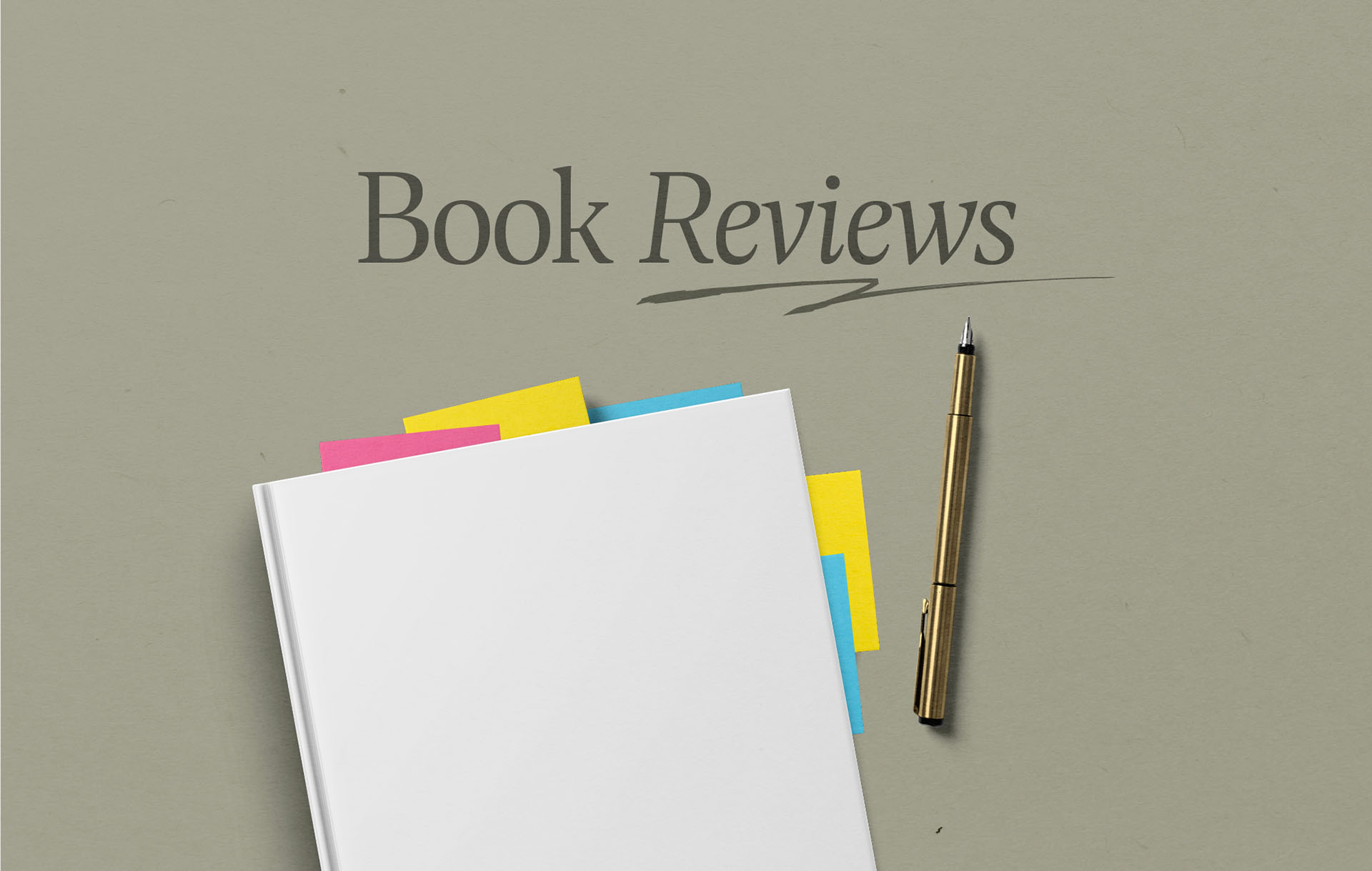My wife has a bad habit of forgetting what she has requested for her birthday and Christmas. We celebrated her birthday just a few weeks ago and, upon opening a study guide for the book of Ephesians she looked a little bit surprised. I had to remind her that she had asked for just such a guide. Unfortunately, as with so many similar books, it proved to be a little bit disappointing. It went through the book of Ephesians, but seemed to ask many disjointed and nearly irrelevant questions. It did teach many of the major themes of the book, but it was not a very satisfying or edifying experience.
I have learned to expect to be underwhelmed with study guides. Sadly, it was with this expectation that I began to read The Story of Joseph and Judah, a guide written by Warren Gage, Associate Professor of Old Testament at Knox Theological Seminary and Christopher Barber, a lawyer who is also a graduate of Know Theological Seminary. I am glad to say that this guide, which promises to provide a “fresh look at Genesis 37-50,” does just that and does it very well.
The book begins with a metaphor of sorts. Gage and Barber describe a story of two men, both of whom have travelled to Milan to gaze upon Da Vinci’s masterpiece the “Last Supper.” The first, a scientist, studies the work with a magnifying glass, moving slowly and methodically from top to bottom, left to right. He takes in the delicate brush strokes and the subtle use of color. And then, having studied every inch of the work, he turns his back and leaves, feeling satisfied that he now knows the painting. The second man stands as far away as possible and tries to understand how Da Vinci has captured a moment of Jesus’ life. He takes in the big picture, observing how each segment fits with the others. He notices that all the lines in the painting carry the eye directory towards Jesus. And then he too leaves, satisfied that he knows the painting. How is this relevant to The Story of Joseph and Judah? “Our portrayal of the difference between the scientist and the art lover allows us to more easily explain the difference between the book you’re now reading and almost any other study of Scripture. Most books examining Genesis (or any other book of the Bible) follow, for the most part, the style of the scientist who stayed very close to the painting. Such studies begin with chapter 1, verse 1, and move line upon line, precept upon precept, breaking down each verse into individual phrases, words, even syllables. Like the scientist, it is as if we have a magnifying glass in our hands, and our noses only inches from the wall” (5). The authors do not believe there is anything inherently wrong with such inductive study, but have decided to provide a different methodology in this study guide. They seek to give attention to the inductive study while doing so within the scope of the big picture. It is a unique concept for such study guides and one that proved itself to be very helpful in understanding the passage.
Another unique aspect of this guide is that it begins at the end of a book rather than the beginning. One would expect a study of Genesis to begin with the first chapter. The Story of Joseph and Judah, only the first of a series of guides planned by the authors, begins with the story of Joseph, which they point it comprises seven times more space than the account of creation. “If our goal were simply to read and examine the book as a book, the beginning would be the appropriate starting point. However, we are suggesting that Genesis (and the Bible as a whole) is more than just “a book,” but is ultimately a work of art in itself, a masterpiece with a Creator behind it” (8).
And so, over the course of 12 lessons, the authors walk the reader through the fourteen chapters of Genesis that tell the story of Joseph. Yet, as you may have surmised from the title of this book, the authors feel that the true center of this story is none other than Joseph’s older brother, Judah. The story of Judah’s coversion is the pin in the center of this wheel. They show that this story is a work of art, divinely woven together to bring glory to God.
I found the structure of this study guide as satisfying as any I’ve ever worked through. The questions are consistently relevant to the passage and there is a good mix of teaching and application. The authors use three icons to guide the reader: an artist’s palette points to broad themes and patterns; a magnifying glass points to areas that focus upon a specific word or detail; and a cross brings out the themes, patterns and symbols that appear to reference Christ. Perhaps best of all, the authors do not only ask questions, but they also answer them. Far too often when using study guides I have been unsure of the intent of a question and, since answers were not provided, have had to simply skip over these ones.
The Story of Joseph and Judah is a fresh and biblically-sound examination of this passage of Scripture. I enjoyed it tremendously and am glad to recommend it. I am looking forward to the subsequent volumes in this series and the opportunities these books will surely provide for me to learn more about the story of redemption. If you are interested in a guide for personal or group Bible study, you likely won’t do much better than this.
The guide is available directly from the authors’ website. I would recommend purchasing it directly from the authors as there is little price difference and doing so will leave more of your dollars in the pockets of the men who brought it to us.










